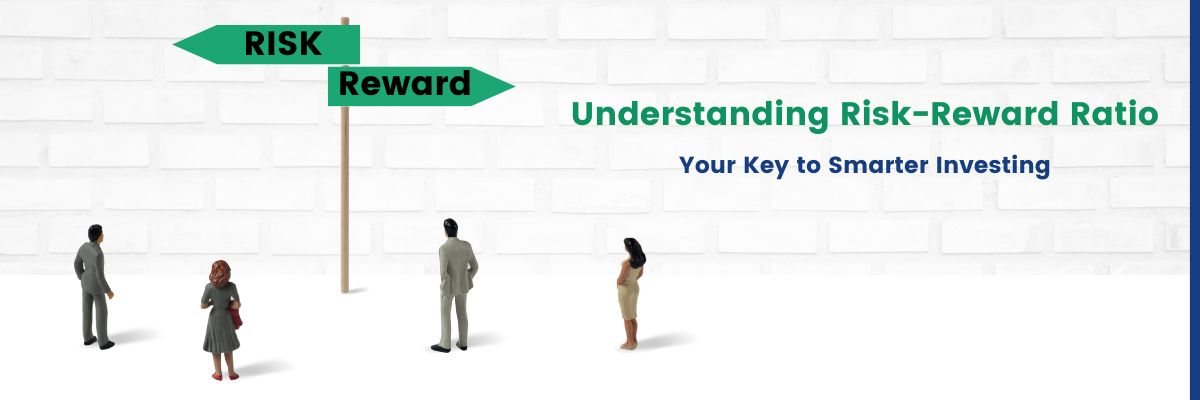Retirement planning is the process of setting aside a portion of your income for your future when you no longer have a steady income stream. Retirement planning helps you secure your future and ensure that you have enough money to live comfortably after you retire. It's important to start planning for retirement early, as the earlier you start, the more time you have to save, invest, and grow your retirement savings.
Why is Retirement Planning Important?
Retirement planning is important because it helps you ensure that you have enough money to meet your needs after you retire. It allows you to maintain your standard of living and achieve your financial goals even when you no longer have a steady source of income. Retirement planning also helps you to prepare for unexpected expenses, such as medical emergencies or other unexpected expenses.
How do I go about Retirement Planning?
Retirement planning involves a series of steps that you need to follow to ensure that you have enough money to live comfortably after you retire. The following are five steps that can help you retire early:
Start saving early: The earlier you start saving, the more time your money has to grow. Consider investing in stocks, mutual funds, or other long-term investment options.
Increase your contributions: As your income grows, consider increasing your contributions to your retirement savings. You may want to consider contributing the maximum allowed to your 401(k) or IRA.
Pay off debt: Paying off debt is an important step in retirement planning. It frees up money that you can use to save for retirement.
Consider downsizing: Downsizing your home or car can help you save money on expenses, which can then be put towards your retirement savings.
Consult with a financial advisor: A financial advisor can help you create a retirement plan that is tailored to your needs and goals.
Where to Invest for Retirement Planning?
When it comes to retirement planning, Indian investors look for the best retirement plan in India to secure their financial future. Here are some of the best investment options to consider depending on your future goals.
Employee Provident Fund (EPF): EPF is a retirement savings plan that is mandatory for all salaried employees in India. The plan allows you to contribute a portion of your salary to your retirement savings, and your employer may also make matching contributions.
National Pension System (NPS): NPS is a voluntary retirement savings plan that offers tax benefits to investors. It allows you to invest in a mix of equity, debt, and government securities, and the money you contribute grows tax-free.
Public Provident Fund (PPF): PPF is a long-term savings plan that offers guaranteed returns and tax benefits. It is a popular option for those who want a safe and secure investment option for their retirement savings.
Mutual Funds: Mutual funds offer a convenient way to invest in a diversified portfolio of stocks, bonds, and other securities. With the potential for higher returns, it's important to remember that they also come with higher risks. Explore your investment options with GEPL Capital Online Mutual Funds today.
Real Estate: Investing in real estate can provide a steady income stream during retirement and potential capital gains. However, it is a long-term investment and requires careful planning and research.
It is essential to choose an investment option that suits your financial situation and retirement goals. Remember to review and adjust your retirement plan regularly to ensure that you are on track to meet your retirement goals.
How to Plan for Retirement at Various Stages of the Life Cycle?
Retirement planning looks different at different stages of life. Here's how to plan for retirement at various stages of the life cycle:
Early Career (20s-30s): Start contributing to your retirement savings as early as possible. Aim to contribute at least 10% of your income towards your retirement savings.
Mid-Career (40s-50s): Consider increasing your contributions to your retirement savings. Pay off any outstanding debts and start planning for healthcare costs in retirement.
Late Career (60s): Evaluate your retirement savings and adjust your contributions if necessary. Start planning for retirement income streams, such as Social Security and pension payments.
How to Counter Inflation While Doing Retirement Planning?
Inflation can erode the value of your retirement savings over time. To counter inflation, consider investing in assets that provide a hedge against inflation, such as real estate or commodities. You can also adjust your investment portfolio to include investments that have historically performed well during periods of inflation, such as stocks and inflation-protected bonds.
Additionally, you can use a retirement planning calculator to help you estimate how much you need to save for retirement to account for inflation. This calculator can help you determine how much you need to save each month, based on your retirement goals and expected rate of return.
What is a 401(k) Retirement Plan and How Does it Work in India?
A 401(k) retirement plan is a popular savings plan offered by employers in the United States. However, for Indian investors, the equivalent plan is the Employee Provident Fund (EPF). Like the 401(k), employees can contribute a portion of their salary to their EPF account, and employers may also make matching contributions.
Apart from EPF, there are several retirement plans available in India, including the National Pension System (NPS), the Public Provident Fund (PPF), and the Atal Pension Yojana (APY). The best retirement plan for each individual depends on their unique financial situation and retirement goals.
For low-income earners, investing in a PPF account may be a good option as it offers tax benefits and guaranteed returns. Middle-income earners may want to consider a combination of investment options, such as NPS and EPF, to maximize their savings and tax benefits. For high-income earners, investing in a mix of retirement plans, including NPS, EPF, and mutual funds, can help maximize their savings and tax benefits.
Remember, it is important to start saving for retirement as early as possible and regularly review and adjust your retirement plan as your financial situation changes.
Concluding Thoughts:
Retirement planning is a key component of securing your future and ensuring that you have enough funds to live comfortably after you retire. By opening a demat cum trading account and using "GEPL Pro Markets," our online mobile platform, you can conveniently invest in a variety of retirement savings options. Starting early, increasing contributions, paying off debts, and consulting with a financial advisor can help you set achievable retirement goals. It's also important to consider inflation and choose investment options that align with your retirement goals and financial situation. Choose the retirement plan that best suits your income class, and always strive to maximize your contributions to achieve your retirement goals.








